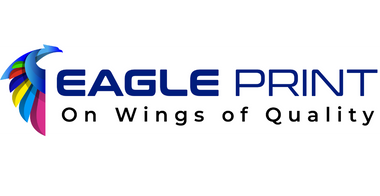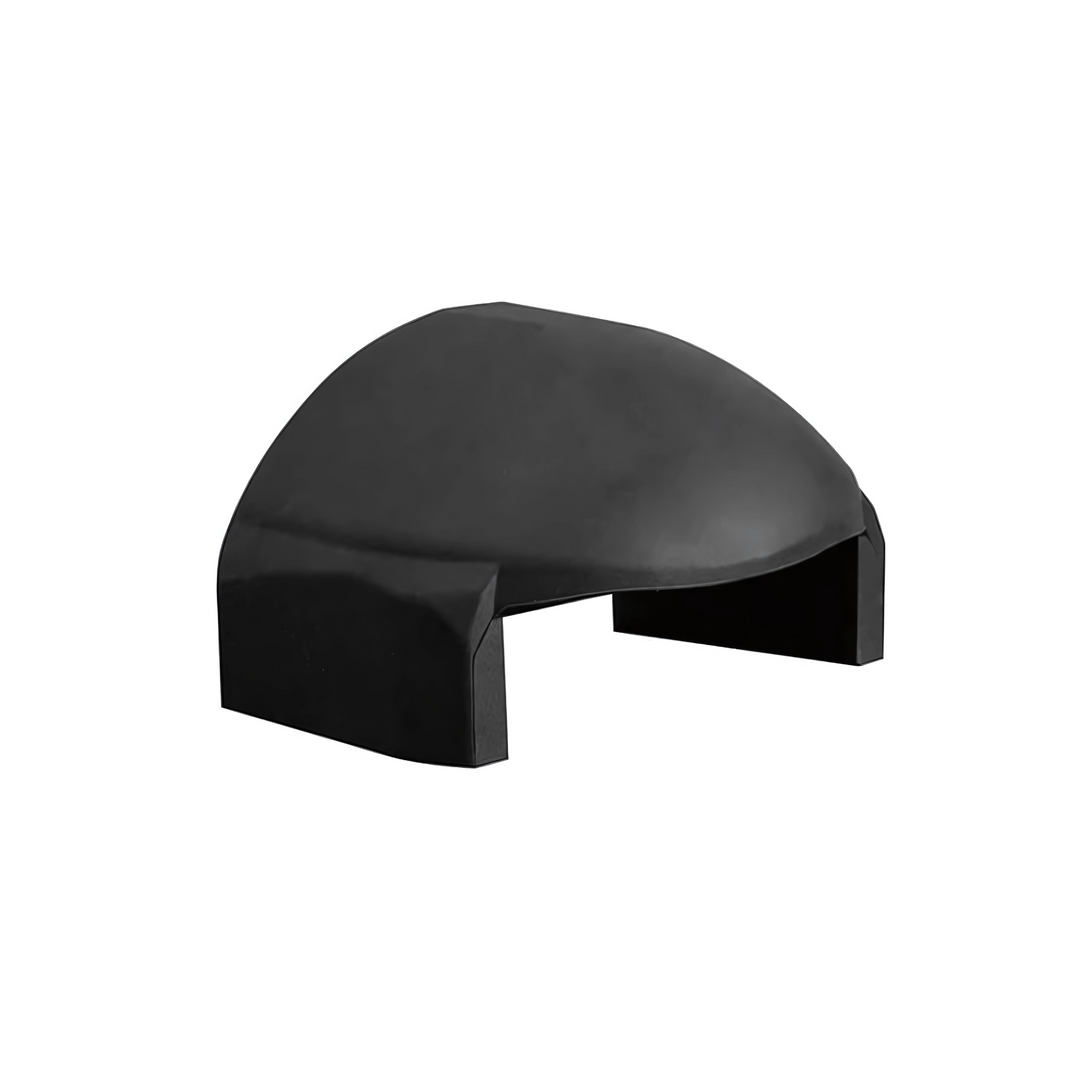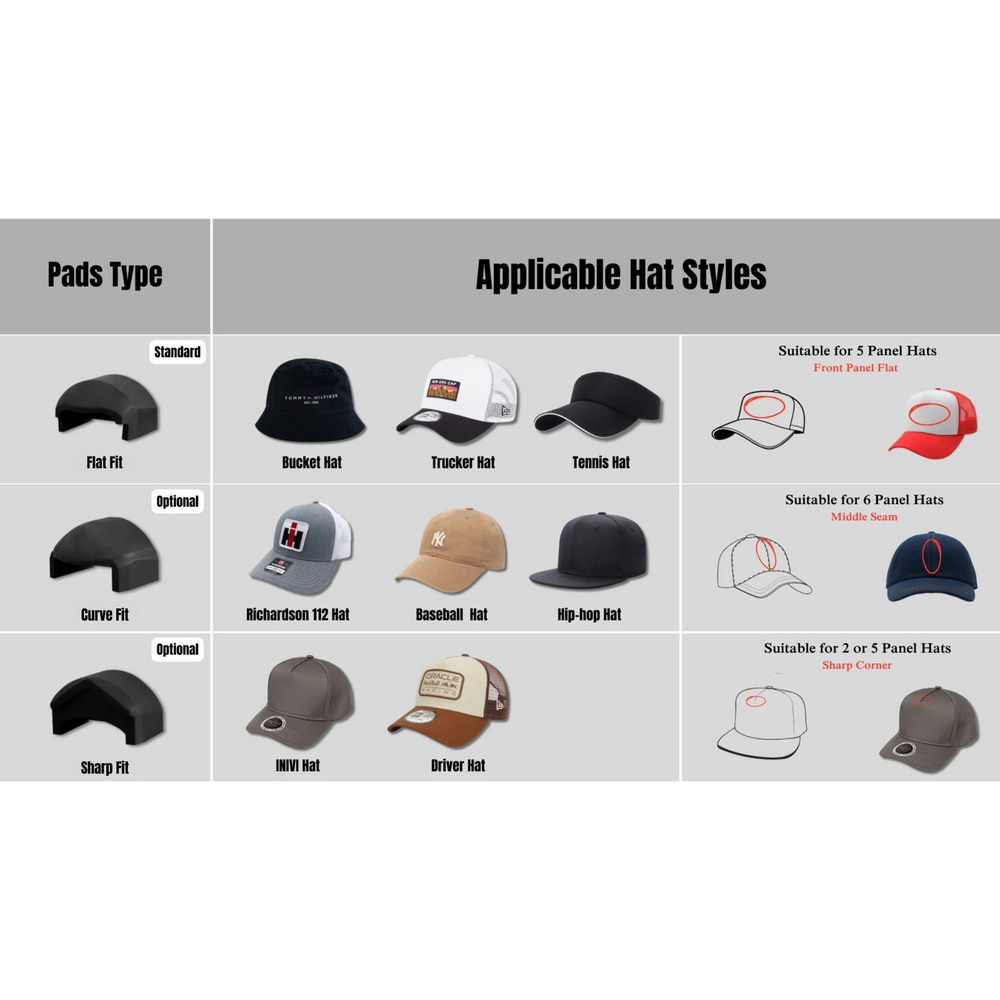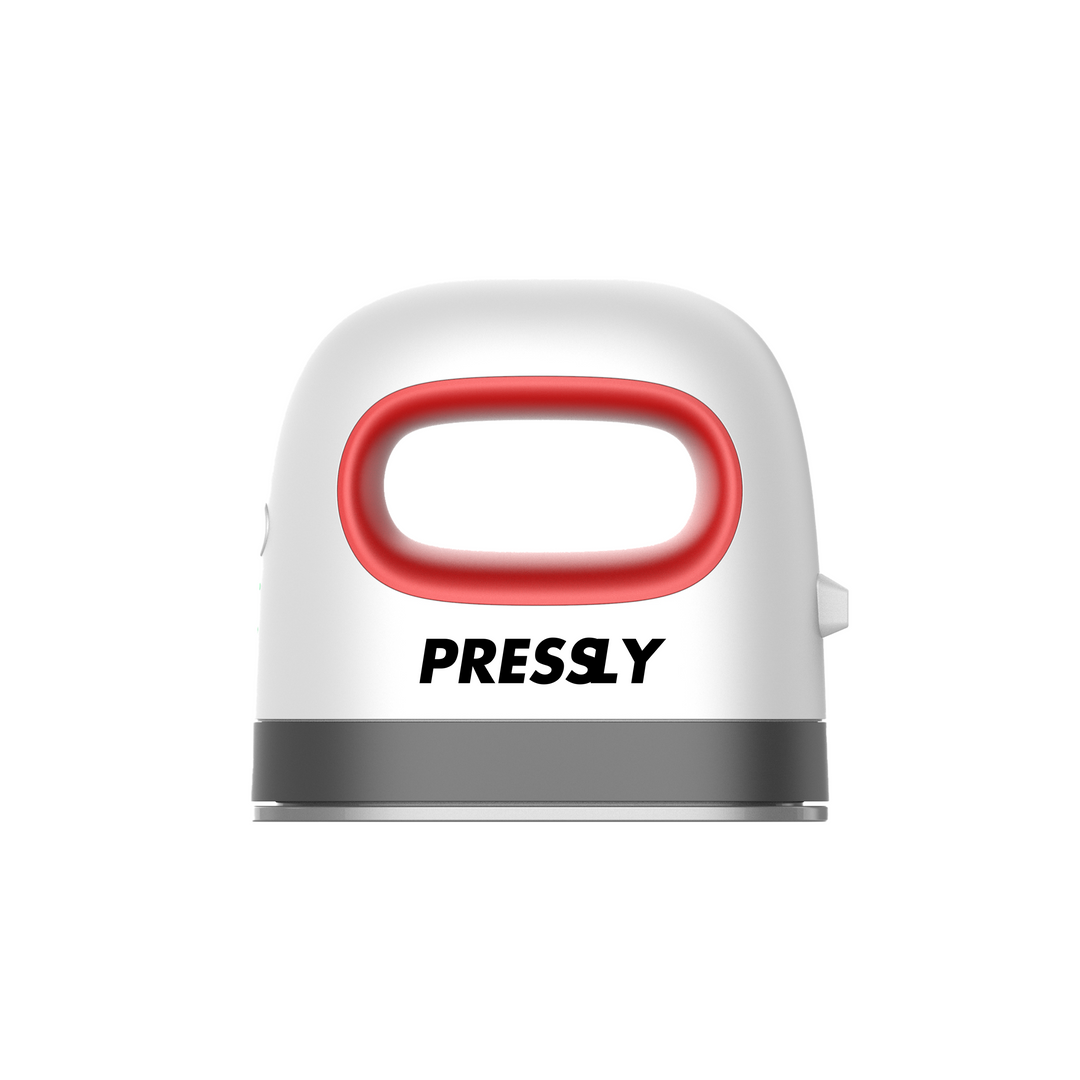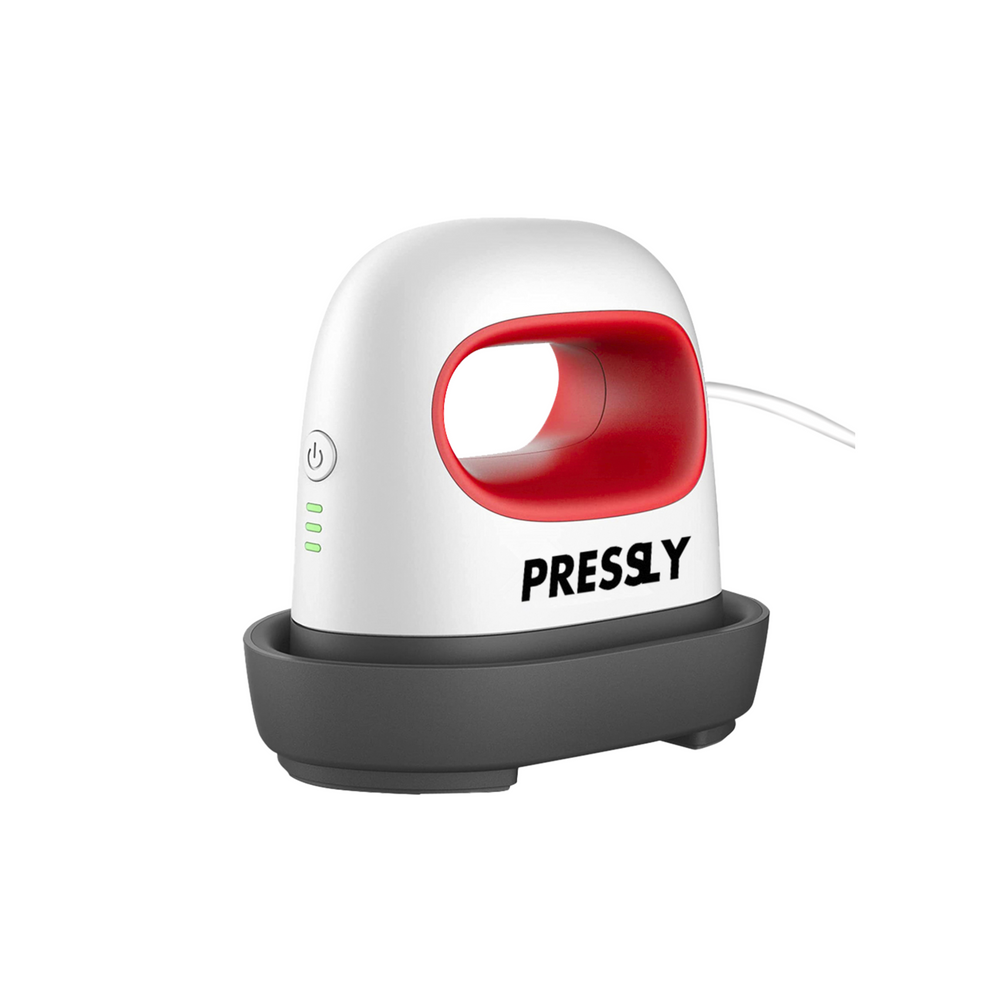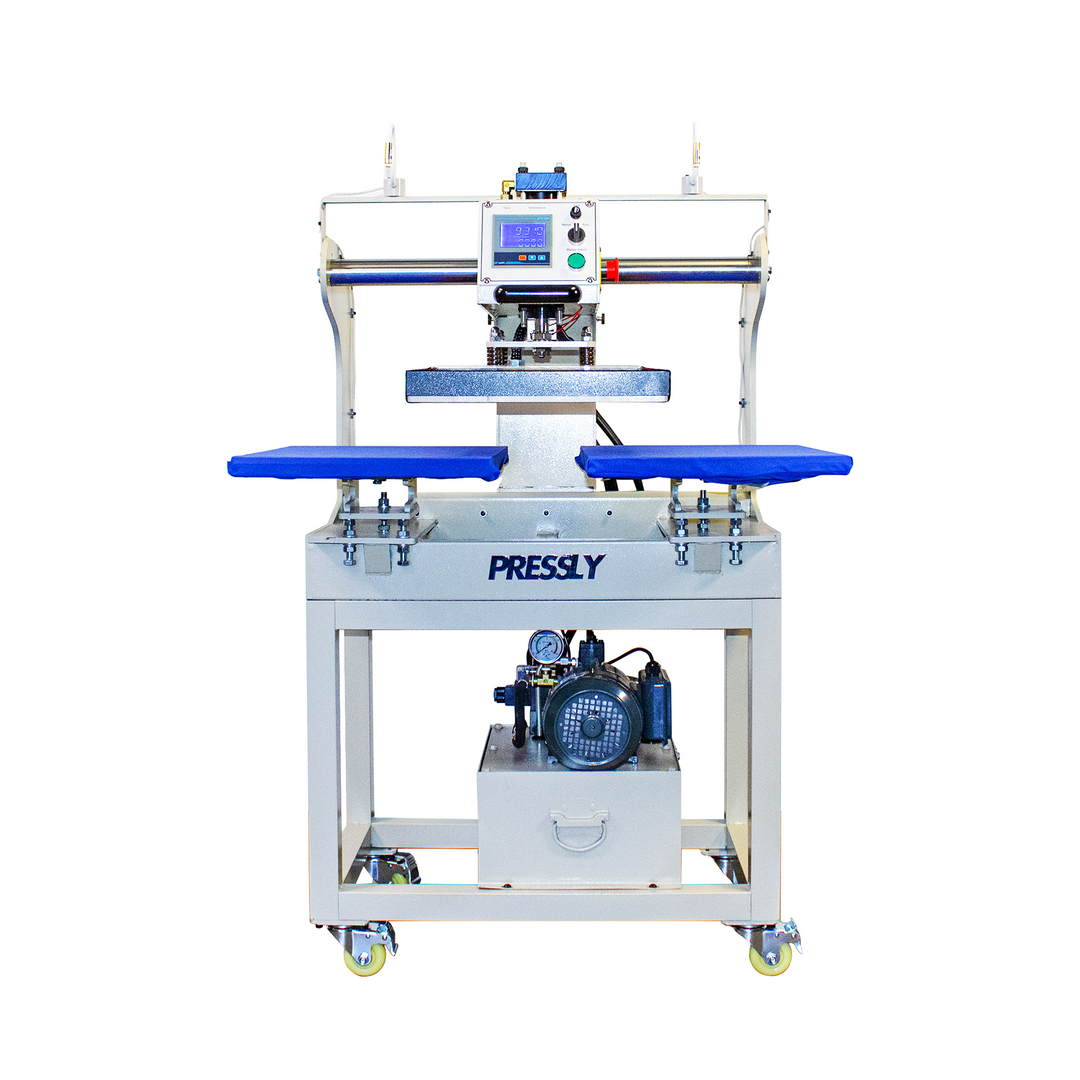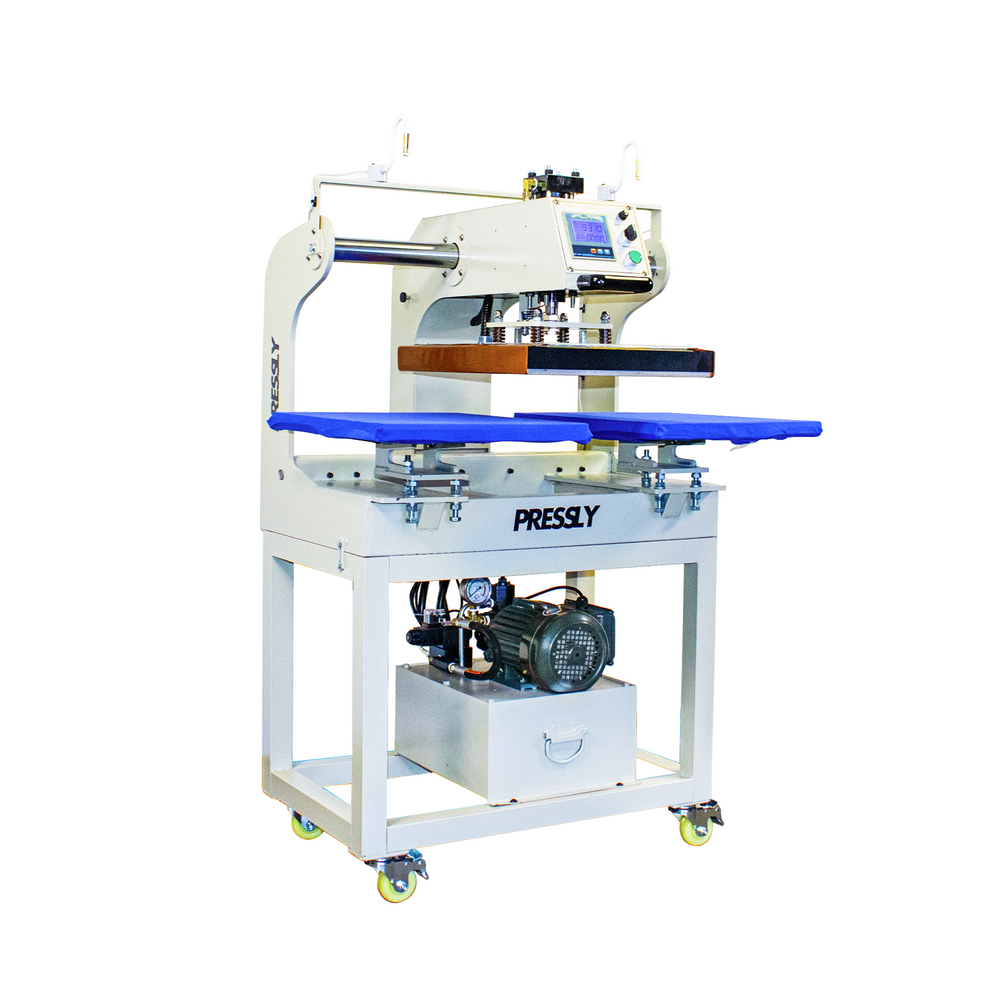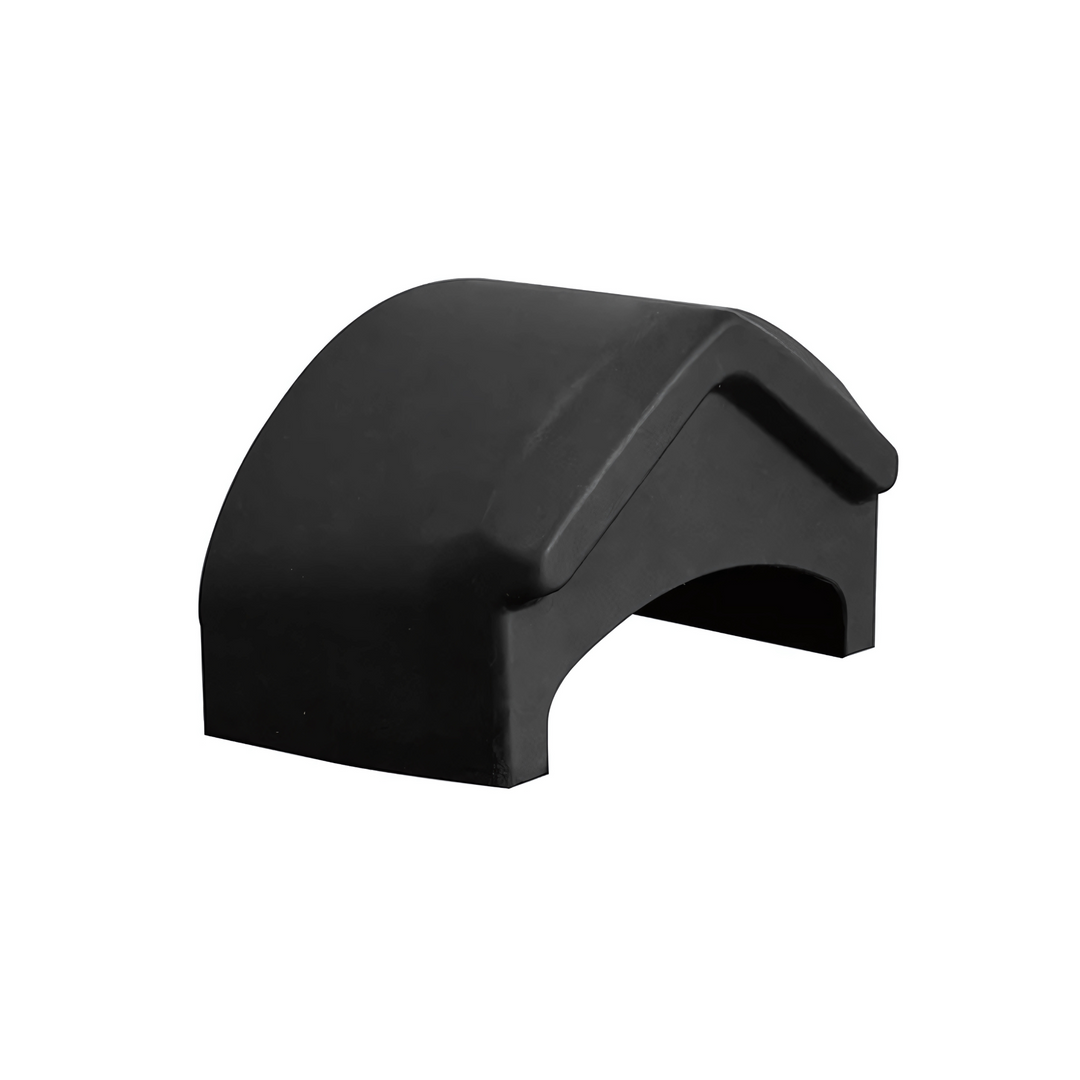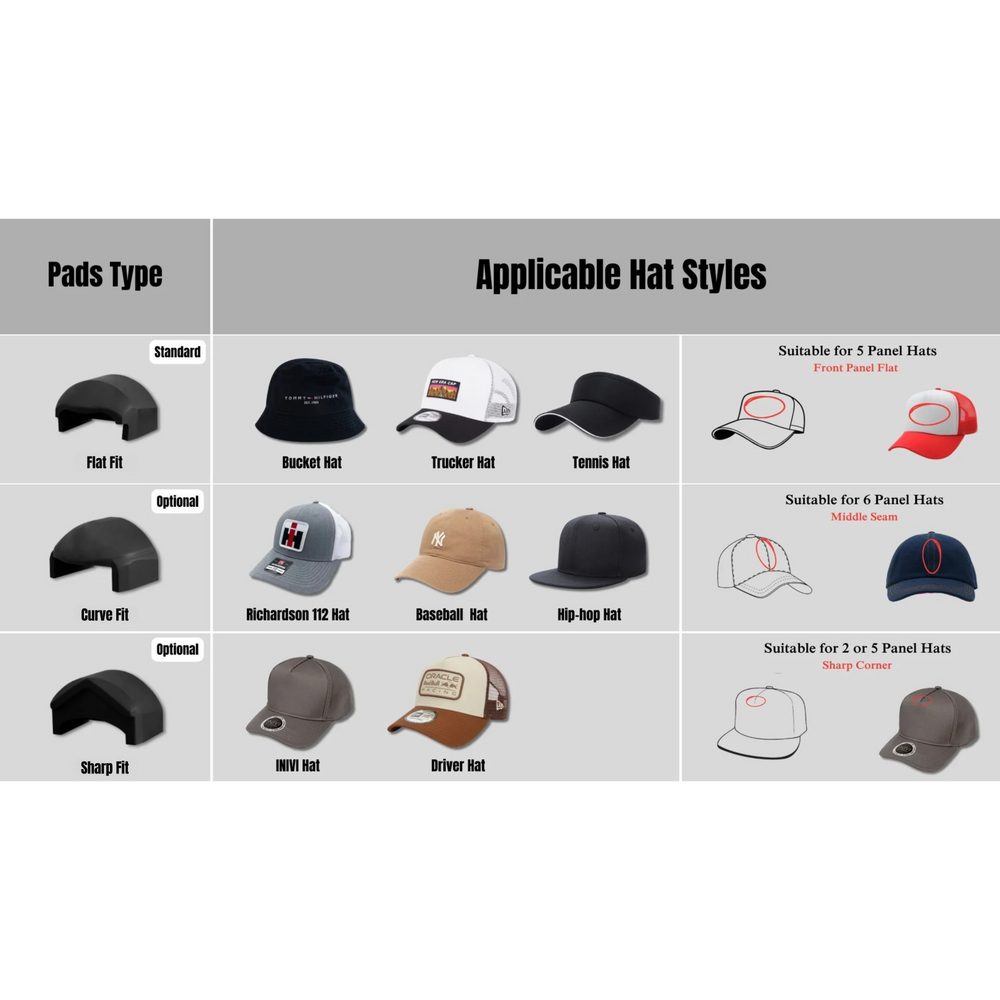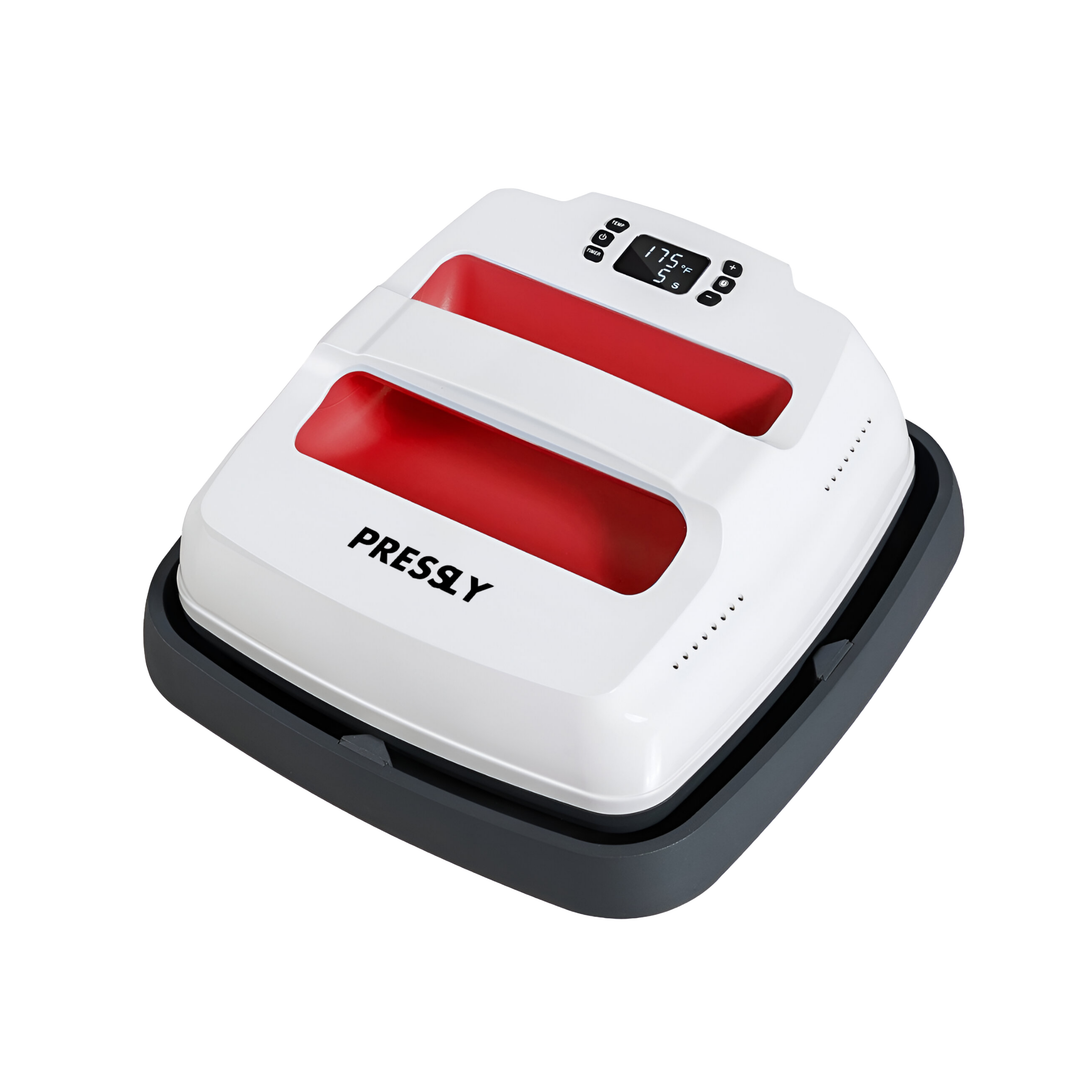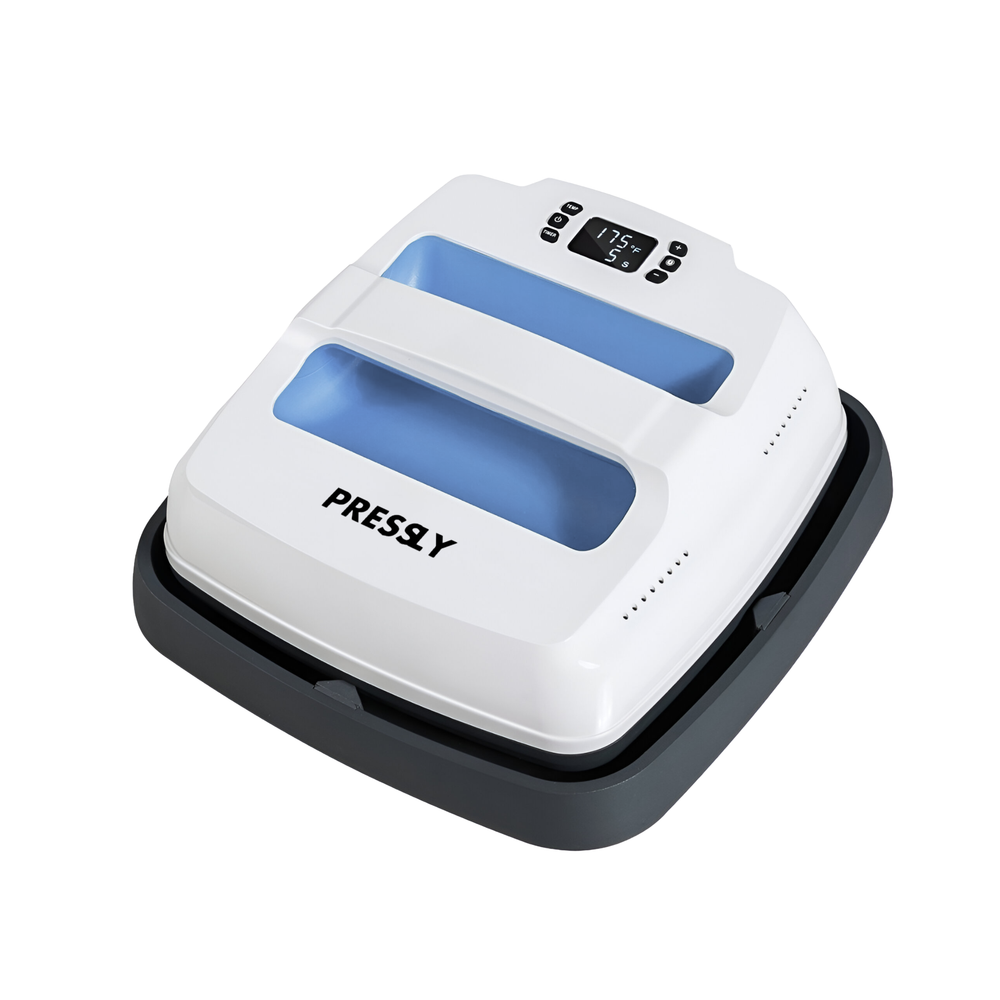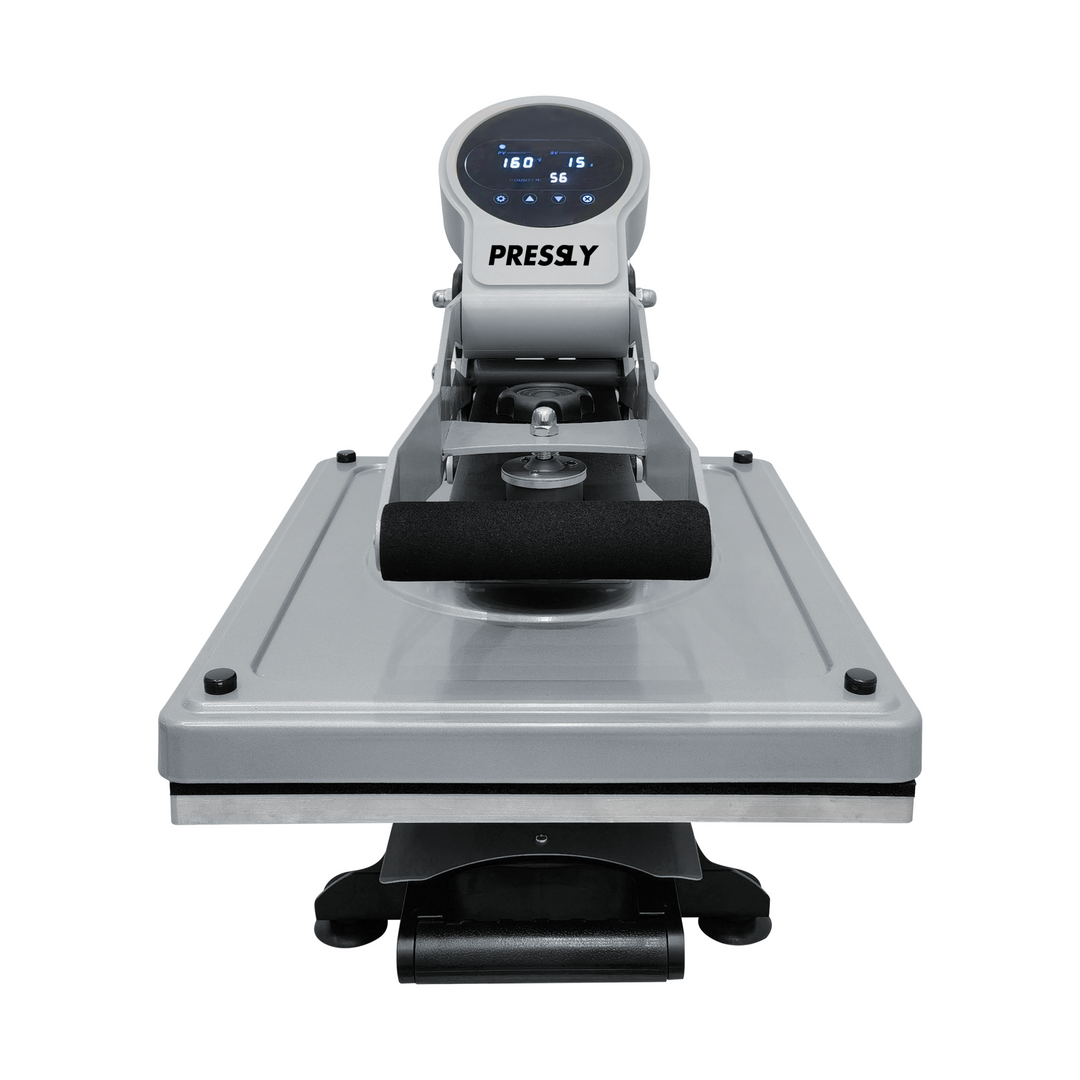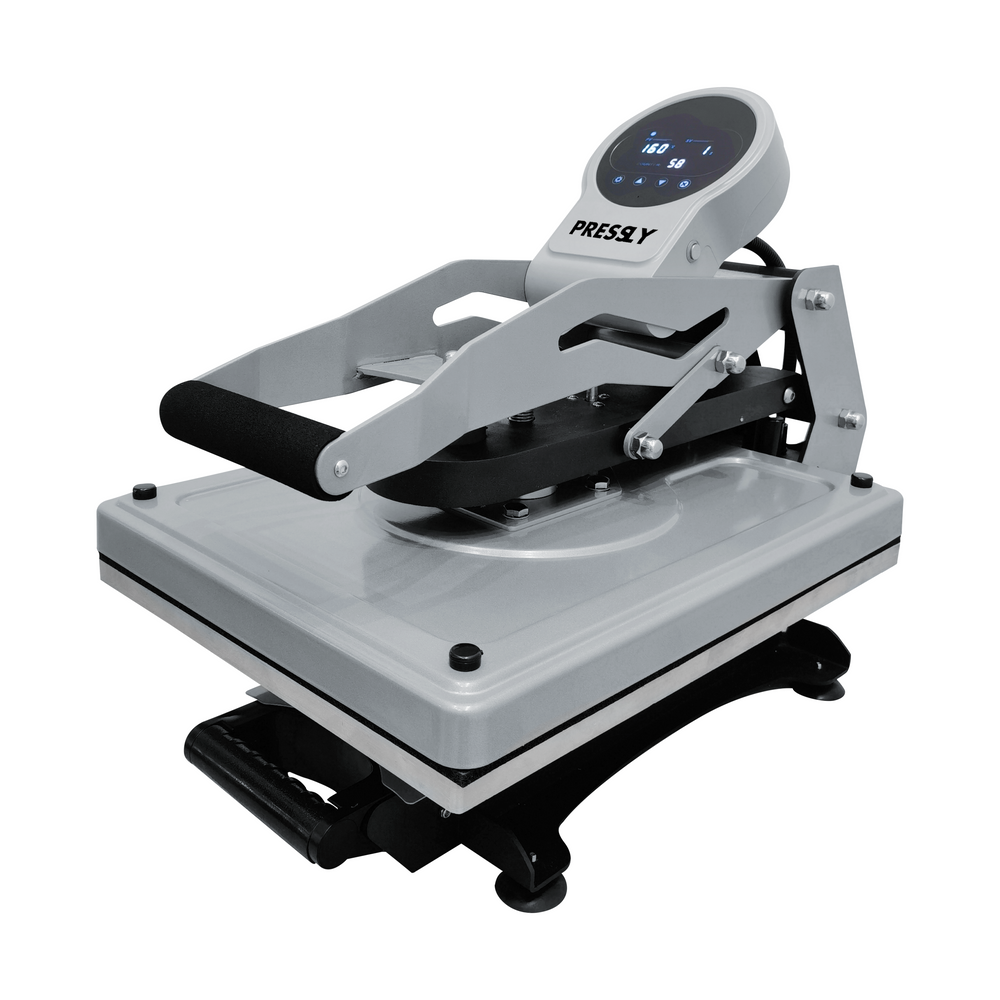Heat Press for DTF Transfers: A Comprehensive Guide to Perfect Transfers
In the world of DTF printing, a heat press for DTF transfers plays a vital role in ensuring high-quality results. Whether you're a beginner or an experienced professional, knowing how to choose the best heat press for DTF transfers can greatly improve the final output of your custom prints. This guide will walk you through everything you need to know, from selecting the ideal heat press to tips for achieving perfect transfers every time.
What is a Heat Press for DTF Transfers?
A heat press for DTF transfer is a machine that applies heat and pressure to transfer printed designs from a film to various substrates, such as fabrics. DTF (Direct-to-Film) transfers are incredibly popular for customizing clothing, bags, and other fabric items due to their vibrant colors, durability, and fine details. To achieve the best results, it’s essential to use a heat press designed specifically for DTF transfer. These machines ensure that the heat and pressure are evenly distributed across the transfer, ensuring a professional finish.
Choosing the Best Heat Press for DTF Transfer
When selecting a heat press for DTF transfer, it’s important to consider factors like temperature control, pressure consistency, and size. Let’s explore some features to look for:
1. Temperature Control
Precision is key when using a heat press for DTF transfer. Ensure the machine you choose offers accurate temperature settings that can be maintained throughout the process. A machine with a digital temperature control feature will provide better consistency, helping avoid issues like uneven transfers or burns.
2. Adjustable Pressure
Adjustable pressure settings are crucial to achieving the perfect bond between your DTF transfer and fabric. Too much pressure can lead to unwanted wrinkles, while too little pressure may cause the design to peel off. Look for machines that allow you to fine-tune the pressure for optimal results.
3. Size and Compatibility
The size of the heat press should be compatible with the items you're planning to print. Larger heat presses are suitable for larger items like hoodies and bags, while smaller ones are great for t-shirts and accessories. Make sure the heat press you select fits your production needs.
Benefits of Using a Heat Press for DTF Transfer
There are numerous benefits to using a heat press for DTF transfer, particularly when it comes to ease of use, quality, and durability. Let’s dive into some key advantages:
1. High-Quality Prints
A DTF heat press ensures that every design is transferred with crisp details, vibrant colors, and smooth edges. The heat press evenly applies heat, which is crucial for achieving professional-quality prints.
2. Durability
DTF transfers are known for their durability. With a proper heat press for DTF transfer, the print is more likely to withstand the wear and tear of washing and regular use. The transfer’s durability is enhanced by the heat press, which ensures that the ink adheres firmly to the fabric.
3. Versatility
Whether you're printing on cotton, polyester, or blends, a heat press for DTF transfer can handle various fabric types. This versatility makes it perfect for businesses or hobbyists looking to create custom apparel for different needs.
DTF Heat Transfers: Ready to Press
One of the most exciting features of DTF printing is that the transfers are ready to press once they're printed onto the film. DTF heat transfer are ideal for quick production times since they don’t require any curing or additional steps before pressing onto the garment.
1. No Special Equipment Required
Unlike other printing methods, DTF transfers don’t require specialized curing machines. Once the transfer is printed, it’s ready to go. This makes DTF printing a highly efficient method for creating custom designs quickly.
2. Ready-to-Press Quality
With a DTF heat press, you can achieve consistent results every time. The transfers are made to adhere to various substrates once the correct heat and pressure are applied, giving you a high-quality print on the first try.
Common Problems with DTF Heat Transfers
While DTF printing offers many advantages, there are a few common issues you may encounter when using a heat press for DTF transfer. Let’s explore some of them:
1. Uneven Pressure
If the heat press doesn’t provide even pressure, the transfer may not adhere properly to the fabric. Always check the pressure settings and adjust accordingly before pressing.
2. Incorrect Temperature
Using the wrong temperature can lead to a variety of problems, such as poor adhesion or burning the fabric. Always follow the manufacturer’s recommendations for temperature settings based on the fabric you're using.
3. Improper Timing
If the heat press is held for too long, the transfer may overheat and warp the fabric. On the other hand, insufficient time can lead to poor adhesion. Be sure to follow the recommended time for your specific transfer and fabric type.
Conclusion: Finding the Right Heat Press for DTF Transfer
A DTF Transfer Heat Press is an essential tool for any DTF printing enthusiast or business. By selecting the right machine and following best practices for using it, you can produce high-quality, long-lasting prints that your customers will love. To find the best heat press for DTF transfers, check out this collection of heat presses.
For more information about the DTF process, check out this helpful Wikipedia page on DTF printing. 🌟
